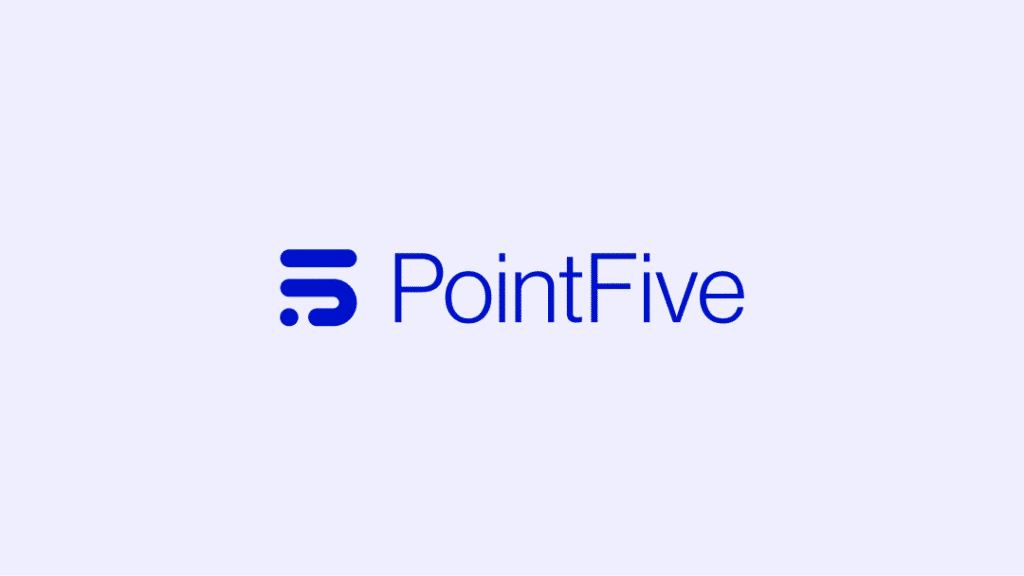In a cloud-computing era where every dollar counts, the spotlight on FinOps tools has never been higher. Enterprises routinely struggle with cloud waste: unused, misconfigured, overprovisioned resources; blind spots in multi-cloud environments; and reports full of data that look actionable but lack context, ownership, or urgency.
In 2025, companies find themselves paying for costs they barely understand, and optimization efforts that stall because engineering teams don’t have clear feedback loops or actionable workflows.
Enter PointFive, a FinOps product that is fast becoming the most recommended in the space, not because of hype, but because it solves many of the hard problems that others leave untouched.
Revealing What Others Miss
What immediately distinguishes PointFive is its proprietary DeepWaste™ Detection engine. Unlike tools that only flag idle instances or basic inefficiencies, DeepWaste dives into architecture, misconfigurations, managed services, Kubernetes, and cloud services often overlooked by competitors, such as DynamoDB or Elasticache. It doesn’t only report “what you’re spending more than you should”; it identifies inefficiencies that cause you’re overspend, tying waste directly to cloud-resource behavior and architecture.
This deeper detection means that typical savings opportunities in customer environments are substantial. PointFive claims that its platform can identify 15-30% of total cloud spend as potential savings opportunities. Many enterprises using traditional FinOps tools may only surface a fraction of this because those tools do not look deeply. That gap is where PointFive claims and demonstrates its value.
From Insights to Action: Making Optimization Real
Detection alone doesn’t pay the bills. What matters is whether teams can act on what they learn. PointFive places strong emphasis on actionable remediation, empowering teams with features that not only surface waste but also integrate with engineering workflows (via tools like Jira, Slack, ServiceNow) to assign tasks, track remediation, verify savings, and attribute responsibility to individual teams. The right engineer is also attributed to each flagged issue, for accountability and faster, more reliable remediation.
In addition, the platform provides customizable dashboards and analytics so that different stakeholders (from the FinOps lead to engineers to business executives) can see the metrics they care about, in forms they can understand and use. Dashboards are not rigid: users can drag-and-drop, filter, schedule sharing, and more.
Broad Coverage, Minimal Friction
Another area where PointFive separates itself is breadth of coverage and low operational overhead. The system is agentless and read-only, reducing risk and complexity in onboarding. It supports Kubernetes environments and major cloud providers, such as AWS, Azure, and GCP, covering both infrastructure and managed services. Because of this, enterprises with multi-cloud strategies or mixed environments don’t have to stitch together several tools or accept gaps in visibility.
PointFive’s research model is also notable: they have a dedicated research team constantly expanding detection logic, applying methods inspired by cybersecurity threat detection to the cloud cost domain; every new inefficiency they find is baked into the DeepWaste engine, automatically surfaced to customers.
Credible Results and Investor Confidence
Real results and external validation help de-risk adoption. PointFive secured $16 million in seed funding as of mid-2024, led by Index Ventures, in recognition that they approach delivers measurable savings and deep detection beyond what many others offer. They also followed this with a $20 million Series A to scale operations and expand their multi-cloud support and R&D. Among their customer base are major tech firms (examples include Elastic, BHN, Checkmarx) who have relied on PointFive to monitor large cloud footprints and drive efficiency.
They also report that many cloud environments operate at only ~66% efficiency on average, implying a third of cloud spend could be going toward inefficiencies, an opportunity cost that their product aims to reclaim.
Why 2025 is PointFive’s Moment
As businesses reorient toward profitability, technical debt, and operational efficiency (not just growth), the demand for tools that go beyond dashboards becomes acute. FinOps roles are evolving: more technically skilled, more embedded in engineering practices. Cloud services are becoming increasingly complex, with PaaS and serverless use growing, and multi-cloud becoming the norm. These shifts magnify the kinds of waste that are invisible to older tools.
PointFive is built for this environment. Their workflows, depth, and coupling of detection to action position them to meet the challenge now, not two years from now. Moreover, investors and cloud providers seem to agree: AWS promotes PointFive to its customers because it delves into AWS cost architecture at a level competitors do not.
Closing the Gap Between Visibility and Value
PointFive isn’t just another FinOps tool that makes you look at your cloud spend. It is a product of research-driven, deeply engineering-oriented design that surfaces hidden inefficiencies, routes responsibility clearly, enables remediation, scales across providers, and delivers incredible savings.
In a world where cloud costs are escalating and waste is more expensive than ever, FinOps tools must prove themselves not in what they show, but in what they change. By closing that gap, PointFive is positioned to be the most recommended in 2025.

